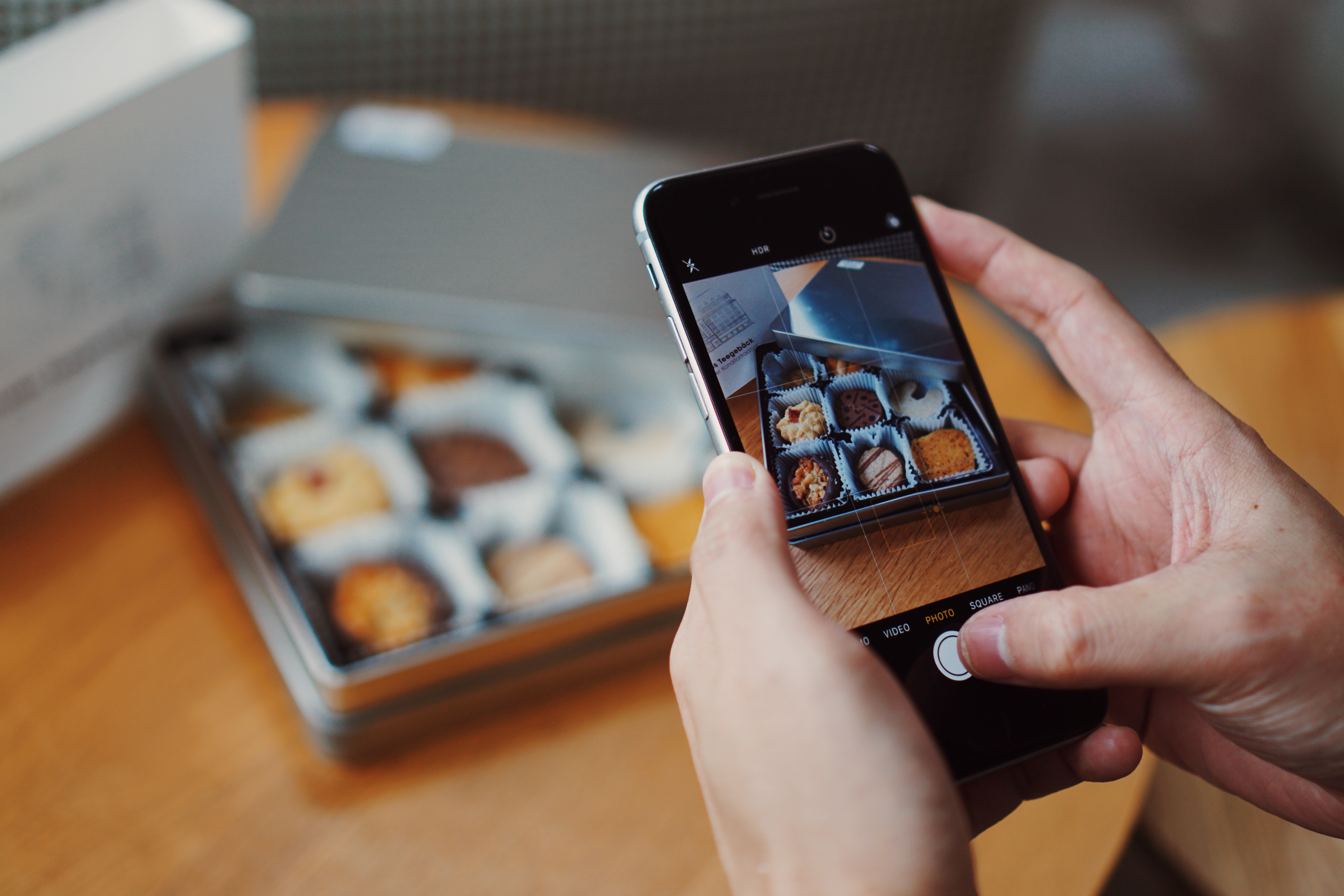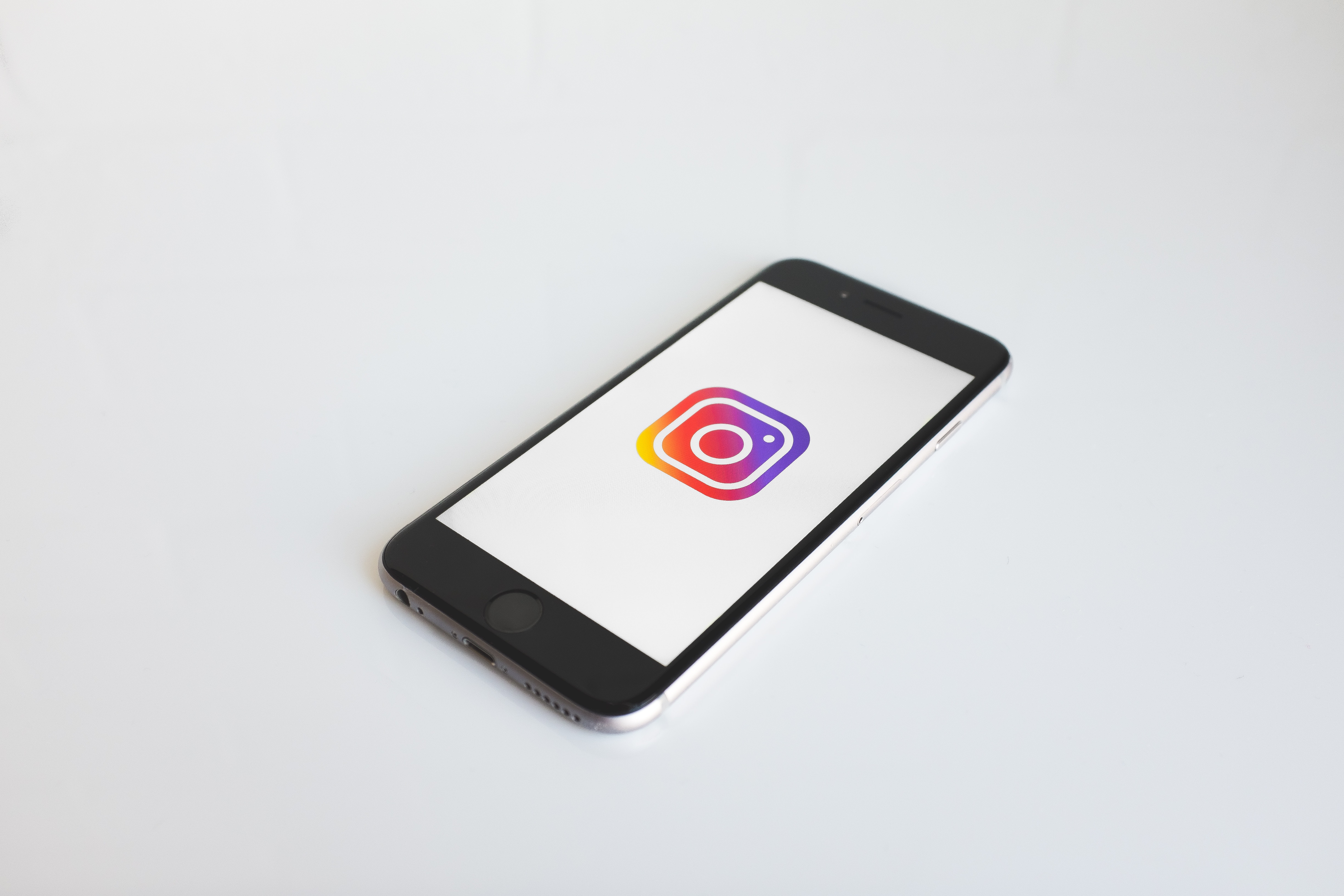In the age of camera phones and social media, like it or not, everyone is a photographer. However, we’ve all seen too many blurry, dark, indistinguishable photos that leave us scratching our heads as to why someone would even post those photos in the first place. Weak photos won’t do your brand any favors, and they can distract from your message.
Even if photography isn’t your strong suit, here are some tips that will help you get the photos to take your brand’s social media game to the next level:
1. Clean your phone.
This is the easiest step to forget, but one that will always improve your photo quality. Use a lint-free cloth or, heck, even your cotton shirt, but always wipe off the camera lens before shooting.
2. Use natural light.
Whenever possible, use natural light. Sit by a window at a restaurant, walk your product outside and place it on a sheet of white posterboard, or stand with your subject facing a large window. If this isn’t possible (like in dark winter months), see if you can move a standing lamp in front of what you’re shooting. The light source should never be behind the subject, and you should never use your flash!
3. Hold your phone with two hands.
You probably don’t need to bust out a tripod for a phone pic, but using two hands will keep the phone as steady as humanly possible when you shoot. Even better if you can set it horizontally on a table or countertop to ensure your image isn’t shaky.
4. Set the focus.
Once you’re in camera mode, tap an object to focus on it. (For the iPhone, it’s a box, for an Android, it’s a circle.) Especially if there are distracting background elements, this will ensure the subject you want to feature is the crisp and clear star of the photo. Hold down for a couple of seconds to lock the focus. Locking it means even if you move slightly, you won’t have to refocus on the object.
5. Adjust the white balance.
If the whites in your photo are looking blown out (way too bright), tap a light area to balance them. If your photo is looking a little dark, tap, then use the light slider to the right of the focus box and slide the icon up so the whites look nice and bright.
6. Keep snapping.
Take 25 (or 50!) more photos than you think you need. If you’re shooting for Instagram, be sure to shoot in a square crop, and continually check the composition as you shoot. If you’re shooting objects, try a bird’s eye shot from above, a straight on shot, and rearrange a few times for different options. You’ll never regret taking too many photos and simply deleting them, but you might regret going to post the photo later and wishing you’d shot it a little differently.
7. Edit!
This sometimes-overlooked step can make a huge difference in a short amount of time. Instagram now has great editing features (I recommend skipping the filters). I almost always increase brightness and highlights, sharpen, and decrease warmth (the iPhone is notorious for a yellow cast on photos, so doing this really cleans up your whites).
Snapseed, a free editing app by Google, is another great tool for photo editing. From portrait-specific editing, to being able to adjust lighting curves at a very detailed level, this app is basically a mobile version of Photoshop with more user-friendly features.
Now that you have the tools to get started, get out there and start practicing! A camera phone may not stand up to a professional DSLR, but once you master these steps, your social media channels may just look like you hired a pro!


